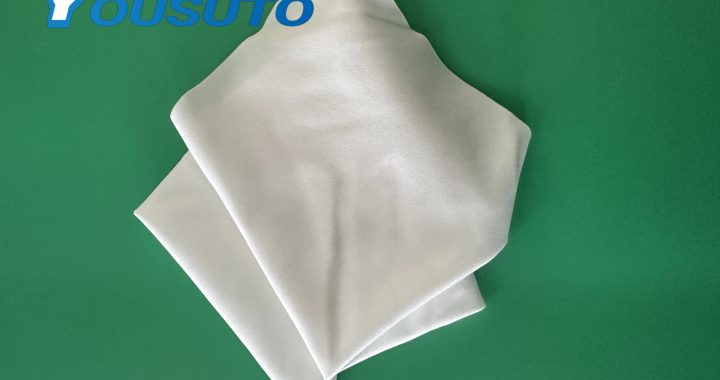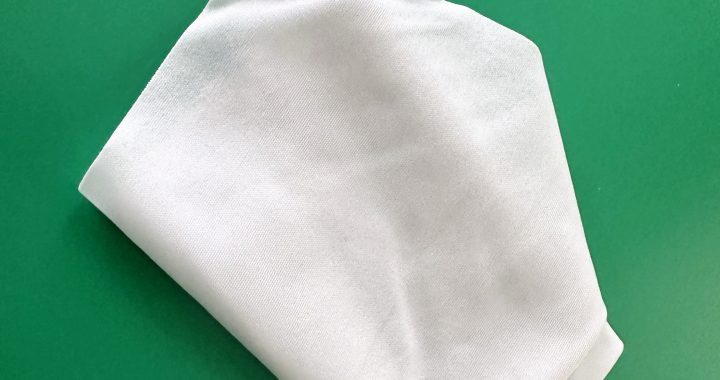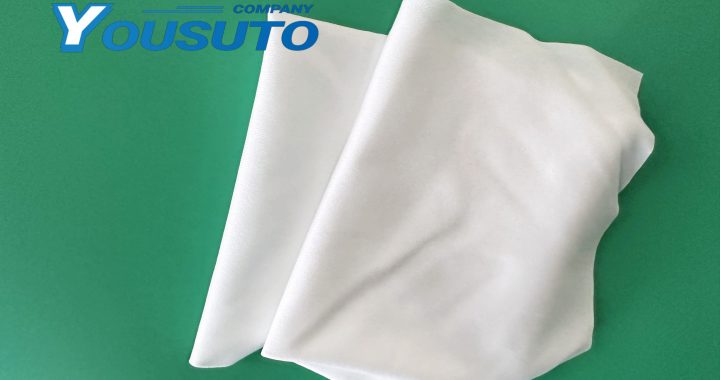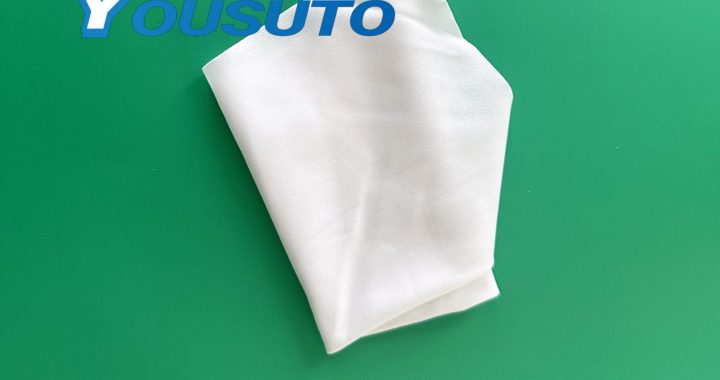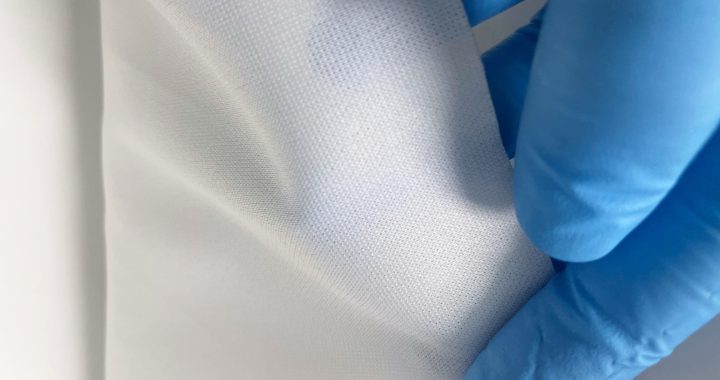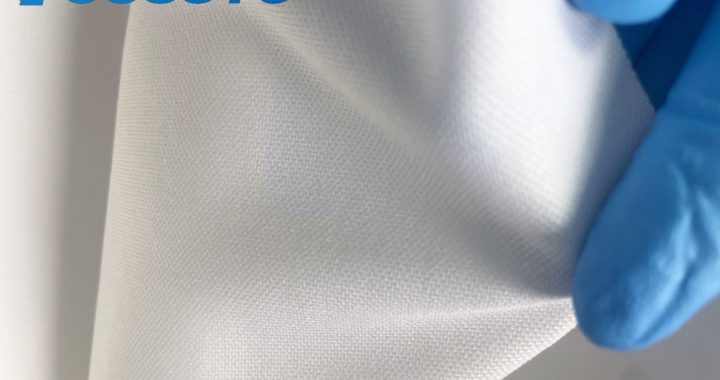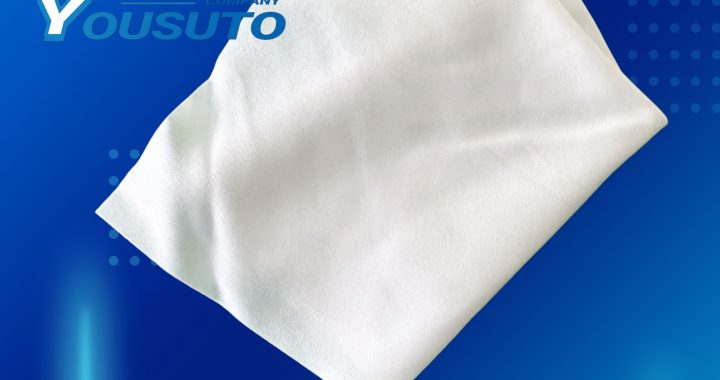Antistatic cleanroom wipes are essential in laboratories to maintain particle-free environments, protect sensitive instruments, and prevent electrostatic discharge (ESD).
Key Features:
-
Antistatic Properties: Minimizes ESD risks on sensitive equipment and electronics.
-
Lint-Free and Non-Abrasive: Prevents fiber contamination and surface scratches.
-
High Absorbency: Effectively removes dust, oils, and residues.
-
Chemical Compatibility: Safe with IPA, deionized water, and approved cleaning agents.
Applications:
-
Laboratory Benches: Ensures contamination-free surfaces for experiments.
-
Analytical Instruments: Protects precision devices like microscopes and spectrometers.
-
Optical Components: Maintains clarity of lenses and optical instruments.
-
Cleanroom Environments: Supports ISO Class 100–1000 standards.
Best Practices:
-
Unidirectional Wiping: Use consistent strokes from clean to dirty areas.
-
Proper Storage: Keep wipes in sealed containers to maintain sterility.
-
Single-Use Handling: Discard after each cleaning to prevent cross-contamination.
-
Surface Inspection: Verify surfaces are particle-free and residue-free post-cleaning.
Benefits:
-
Protects Sensitive Equipment: Reduces damage and ESD risks.
-
Maintains Cleanroom Standards: Ensures particle-free laboratory environments.
-
Enhances Cleaning Efficiency: High absorbency and optimized material save time.
-
Ensures Safety and Sterility: Minimizes contamination risks during cleaning.
